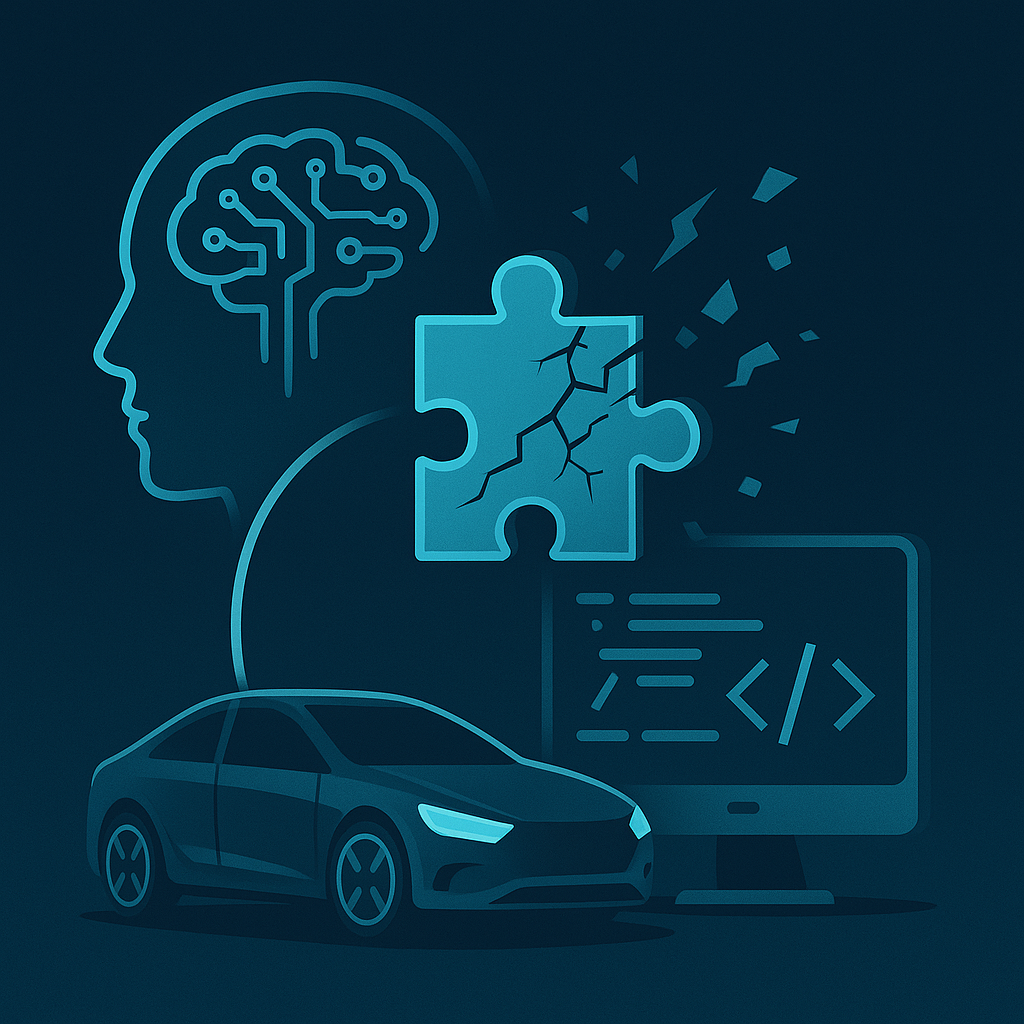Breaking the Code Barrier: How ChatGPT is Democratizing Website Development
Published on April 22, 2025

For decades, web development was gated behind a steep learning curve. Mastering HTML, CSS, JavaScript—and often backend languages—was considered a non-negotiable for anyone hoping to create something functional online. But that’s rapidly changing, thanks to tools like ChatGPT.
From Code Barriers to Conversational Builds
The arrival of AI-powered language models like ChatGPT has revolutionized how people approach coding. What used to take hours of Googling and syntax debugging can now be achieved by describing your goal in plain English. You don’t need to "speak code" anymore—ChatGPT translates intent into implementation.
Context Retention is the Game-Changer
One of ChatGPT’s most powerful features is its ability to retain context throughout a session. This allows builders to iterate naturally, refining and building upon existing code without needing to re-explain the entire structure every time. It feels like having a pair programmer who never tires or forgets.
No More Language-Specific Idiosyncrasies
You no longer need to memorize the quirks of JavaScript’s async behavior or how CSS handles flexbox gaps. ChatGPT abstracts those language-specific challenges, enabling more people to build faster and with confidence—even without a technical background.
But It’s Not Perfect
As transformative as ChatGPT is, it's not infallible. Generated code may contain inaccuracies, inefficiencies, or security flaws. Developers must remain critical of AI output, testing everything thoroughly. Relying blindly on AI-generated code can lead to bloated, unstable, or hard-to-maintain applications.
"ChatGPT lowers the floor, but it doesn’t raise the ceiling. Your judgment, design sense, and understanding of best practices still matter."
The Need for Best Practices Still Remains
While ChatGPT handles syntax and structure, only human insight can ensure clarity, accessibility, and long-term maintainability. Knowledge of clean architecture, responsive design, and user experience remains essential. Great websites aren’t just functional—they’re thoughtful.
Conclusion
ChatGPT has undeniably lowered the barrier to entry for website development. It empowers designers, marketers, students—even non-tech founders—to build functional digital products. But the best results still come from collaboration: your goals, your feedback, and your judgment, combined with ChatGPT’s speed and capability.